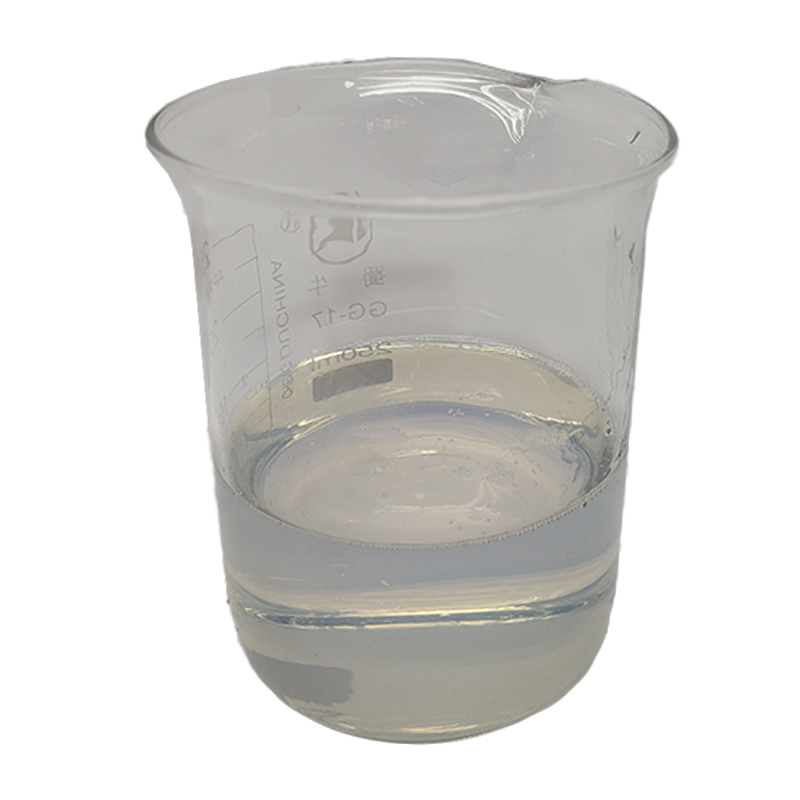Unveiling the Benefits of Textile Silicone Softener for Fabrics
1. What Are Textile Silicone Softeners?
Textile silicone softeners are specialized chemical compounds used in fabric finishing processes. They are derived from polysiloxanes, which are polymers characterized by a silicon-oxygen backbone. Silicone softeners are known for their unique properties, such as water repellency, thermal stability, and excellent lubrication. These characteristics make them ideal for enhancing various types of fabrics, including cotton, polyester, and blends.
2. How Do Silicone Softeners Work on Fabrics?
The efficacy of silicone softeners lies in their ability to interact with the fabric fibers at a molecular level. When applied, these softeners create a thin film on the surface of the fibers, reducing friction and enhancing smoothness. This film not only alters the tactile experience but also provides additional benefits such as increased flexibility and resilience. Furthermore, silicone softeners are non-ionic, meaning they do not interfere with the dyeing process, preserving the color integrity of the fabric.

3. Key Benefits of Using Textile Silicone Softeners
3.1 Enhanced Softness and Comfort
One of the most notable advantages of textile silicone softeners is their ability to impart a luxurious softness to fabrics. This enhancement is crucial for garments that require a comfortable fit against the skin. By reducing roughness and friction, silicone softeners ensure that fabrics feel smooth and gentle, making them particularly suitable for intimate apparel and children's clothing.
3.2 Improved Durability and Longevity
Silicone softeners contribute to the durability of fabrics by enhancing their resistance to wear and tear. The protective film formed by silicone softeners helps to shield fibers from damage caused by washing, drying, and everyday use. Consequently, textiles treated with silicone softeners exhibit a longer lifespan, reducing the need for frequent replacements and promoting sustainability within the textile industry.
3.3 Water Repellency and Stain Resistance
Another significant benefit of textile silicone softeners is their ability to provide water repellency. This feature is particularly advantageous for outdoor and activewear fabrics, where exposure to moisture is common. By creating a hydrophobic surface, silicone softeners prevent water and stains from penetrating the fabric, making it easier to maintain and clean. This property not only enhances the fabric's functionality but also contributes to its aesthetic appeal.
3.4 Color Enhancement and Retention
Silicone softeners play a vital role in preserving and enhancing the vibrancy of colors in fabrics. The smooth surface created by these softeners allows light to reflect uniformly, resulting in a more saturated appearance. Additionally, silicone softeners prevent color fading during washing, ensuring that textiles retain their original hues over time. This aspect is particularly important for fashion brands that prioritize color accuracy in their collections.
3.5 Thermal Regulation Properties
Silicone softeners can improve the thermal regulation properties of fabrics, making them suitable for various climatic conditions. By promoting breathability and moisture-wicking, these softeners help regulate body temperature, ensuring that wearers remain comfortable, regardless of the environment. This feature is especially beneficial for performance textiles used in sports and outdoor activities.
4. Applications of Textile Silicone Softeners
Textile silicone softeners find applications across a broad spectrum of textile products, including:
- **Apparel:** Enhancing the softness and comfort of garments, particularly in casual and activewear.
- **Home Textiles:** Improving the drape and feel of bed linens, curtains, and upholstery fabrics.
- **Industrial Fabrics:** Providing water repellency and durability for technical textiles used in automotive and protective clothing.
The versatility of silicone softeners ensures their relevance in various sectors, catering to different consumer needs and preferences.
5. Environmental Considerations
As sustainability becomes a focal point in the textile industry, the environmental impact of chemical additives is under scrutiny. Fortunately, many modern silicone softeners are designed to be eco-friendly, featuring biodegradable components and lower toxicity levels. Manufacturers are increasingly opting for silicone formulations that align with sustainable practices, ensuring that the benefits of silicone softeners do not come at the expense of environmental health.
6. Choosing the Right Silicone Softener for Your Fabrics
Selecting the appropriate silicone softener for a specific fabric type requires careful consideration. Factors to evaluate include:
- **Fabric Composition:** Different fabrics may respond uniquely to various silicone formulations, necessitating thorough testing.
- **Desired Properties:** Depending on the intended use of the fabric, manufacturers should determine whether they require enhanced softness, water repellency, or thermal regulation.
- **Compatibility:** Ensuring compatibility with other finishing agents and dyeing processes is crucial for achieving optimal results.
Consulting with suppliers and conducting sample tests can help manufacturers make informed choices regarding silicone softeners.
Textile silicone softeners offer a myriad of benefits that enhance the quality, performance, and longevity of fabrics. By providing unparalleled softness, durability, and functional properties such as water repellency and thermal regulation, these innovative solutions have become indispensable in the textile industry. As manufacturers and consumers alike continue to seek high-quality textiles, the role of silicone softeners will only grow in importance. Embracing these advancements not only meets market demands but also supports sustainability and innovation within the industry.
Blogs
Other Blogs
Any Questions? Get In Touch.
We Can Recommend Suitable Products According To Your Needs.

